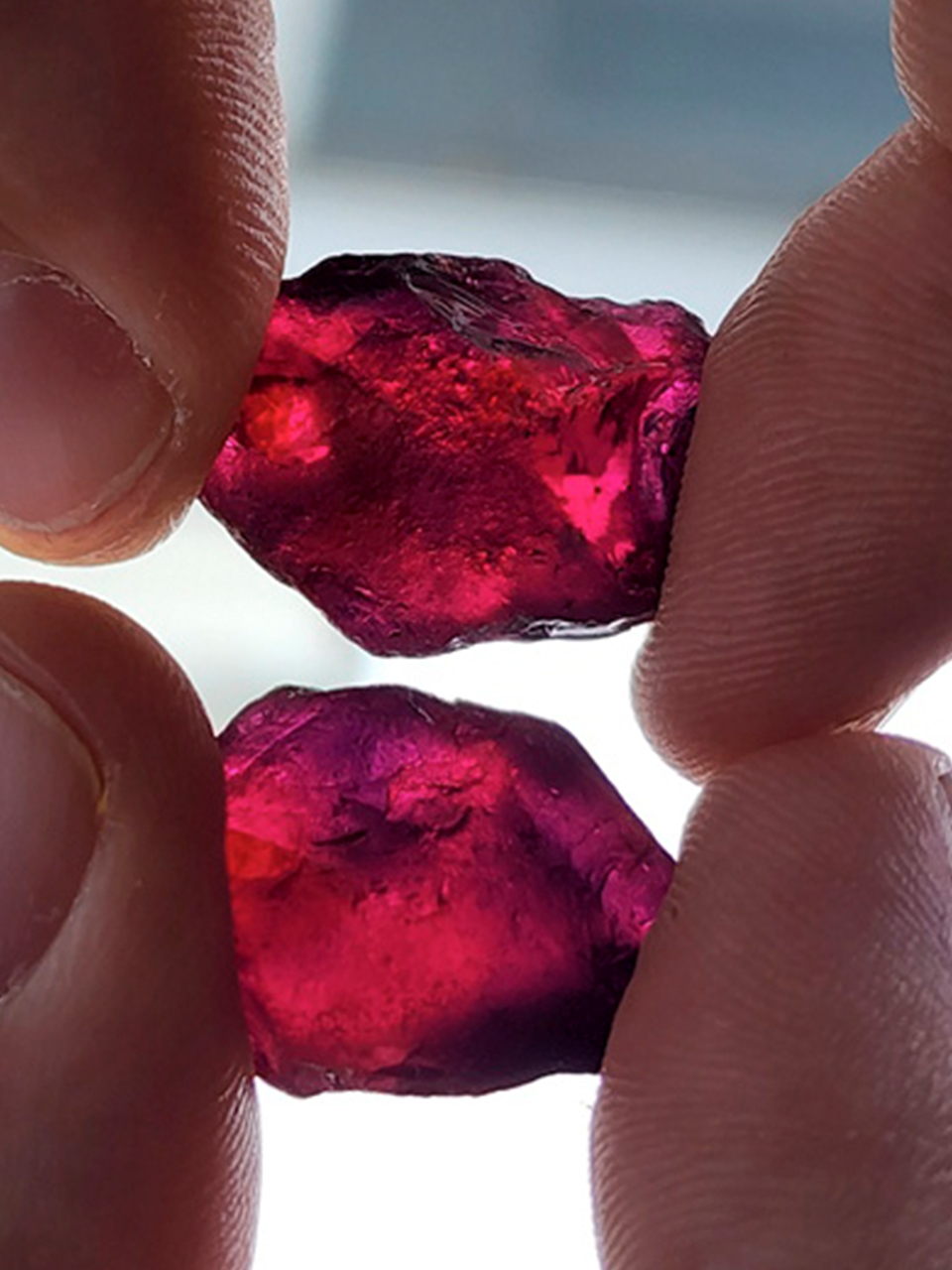
Where Do Rubies Come From?
When it comes to finding the most exquisite natural rubies, your search takes you to some of the most exotic corners of the globe. Myanmar's Mogok region stands out, renowned for its stunning rubies celebrated for their breathtaking color and clarity. Vietnam's Luc Yen region also produces remarkable rubies known for their deep, rich red hues. Mozambique has recently become a significant source, particularly from the Montepuez mines. Thailand and Cambodia are notable too, with Chanthaburi and Pailin offering rubies that dazzle with exceptional beauty. East African countries like Kenya, Tanzania, and Madagascar contribute unique hues and qualities to the world's ruby supply.
But the allure of rubies extends beyond natural stones. Enter the realm of lab-created rubies—an innovative and ethical alternative that's transforming the jewelry industry. These gems, crafted through advanced scientific processes, mirror their natural counterparts in chemical, physical, and optical properties. Much like lab-grown diamonds, lab-created rubies are environmentally friendly, reducing the impact of mining, and guarantee a conflict-free origin. Moreover, they are more budget-friendly, providing the same fiery beauty at a more accessible price point. Whether you opt for a natural ruby or its lab-created counterpart, you're choosing a gem that promises beauty and significance as a cherished gift.